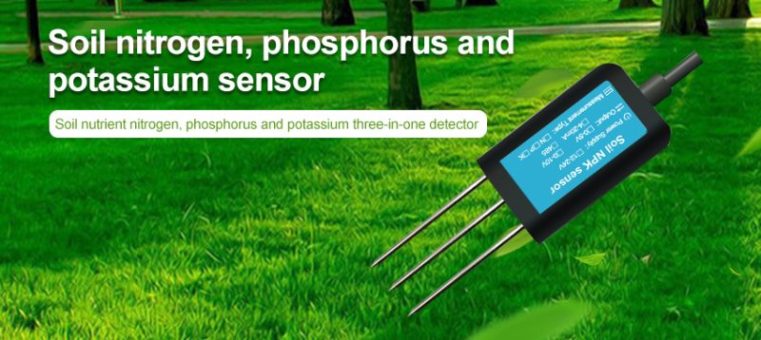As soil sensor wireless become smaller, cheaper and easier to use, farmers are deploying them in large numbers to better detect soil conditions in their fields.

As any farmer can attest, fields and the crops that grow on them are dynamic.
Soil conditions are constantly changing in any given growing season, influenced by weather, boating traffic, crop production patterns and more. At the same time, plants growing in the soil constantly change and adapt to this dynamic environment – roots and buds expand where they are most conducive to growth. This dynamism is becoming more evident as advances in crop imaging illuminate changing stress zones and yield maps show large fluctuations from year to year. To help farmers adapt to these changing conditions above and below ground, precision agriculture is also becoming more dynamic in three specific areas.
Digging Below the Surface
For most farmers, collecting hard data from the field is still a largely manual process that involves searching and collecting soil and plant samples. The samples are then sent to a laboratory for testing, which can take days or even weeks. However, recent developments based on wireless soil sensors are shortening these timelines and providing real-time measurements from the field to help farmers make faster, more feasible crop production decisions.

Many farmers trying wireless soil sensors for the first time are likely to start with static soil maps of their fields. This is just the beginning. By condensing field variability into trackable management “blocks,” farmers can use soil sensors to monitor specific parts of the field and respond quickly to changes in the land and crops. Simpler soil sensors are starting to make this possible, and plug and play technology eliminates challenging installation.
Software developers with consumer experience are developing intuitive interfaces that enable farmers to quickly browse data from wireless soil sensors. At the same time, manufacturers are integrating data from multiple sources, such as soil sensor readings, weather and historical crop data. Help us turn all this information noise into actionable insights. In this way, farmers can finally see the bigger picture.
Eliminating the Guessing Game
Advances in irrigation have the power to drive crop production to new heights. Worldwide, only 20% of agricultural land is irrigated. Yet this land yields 40% of the world’s crops. Soil moisture sensor and the rise of smart irrigation is the crux of the smart farming revolution and will drive a new era of connected soil.

As farmers start to put sensors down into the soil, the industry is learning how to refine irrigation techniques to meet specific soil needs. For example, many farmers use the design parameters of their pivots to manage irrigation. They design the application rate to match the average maximum demand of the crop and simply turn on the water. Thus, they supply close to the correct amount of water during peak season and over-water in early and later parts of the season, not accounting at all for variations in the field. The use of soil sensors helps them manage seasonal water application, applying less early and late in the season. If sensors are deployed in several areas of the field, they can direct differential irrigation rates, creating uniform soil moisture, reducing water use, and improving overall yield.
Driving Smart Decision Making, Real-Time Analysis
The soil and crop ecosystem is one of the most complex interactions in nature. A key to demystifying this complex dance and unlocking actionable data is harnessing the power of cloud computing. This is becoming increasingly possible, as moving farm data to the cloud becomes easier.
We are entering a new phase of precision ag, in which near real-time sensing of soil and crop conditions can be used to adapt strategies to the changing conditions of the field. Sensors empower the farmer to react quickly and dynamically to maximize both output and inputs relative to crop performance.
I’m really inspired together with your writing skills as smartly as with the structure for your weblog. Is that this a paid subject or did you modify it yourself? Anyway keep up the excellent quality writing, it’s uncommon to look a nice blog like this one these days!